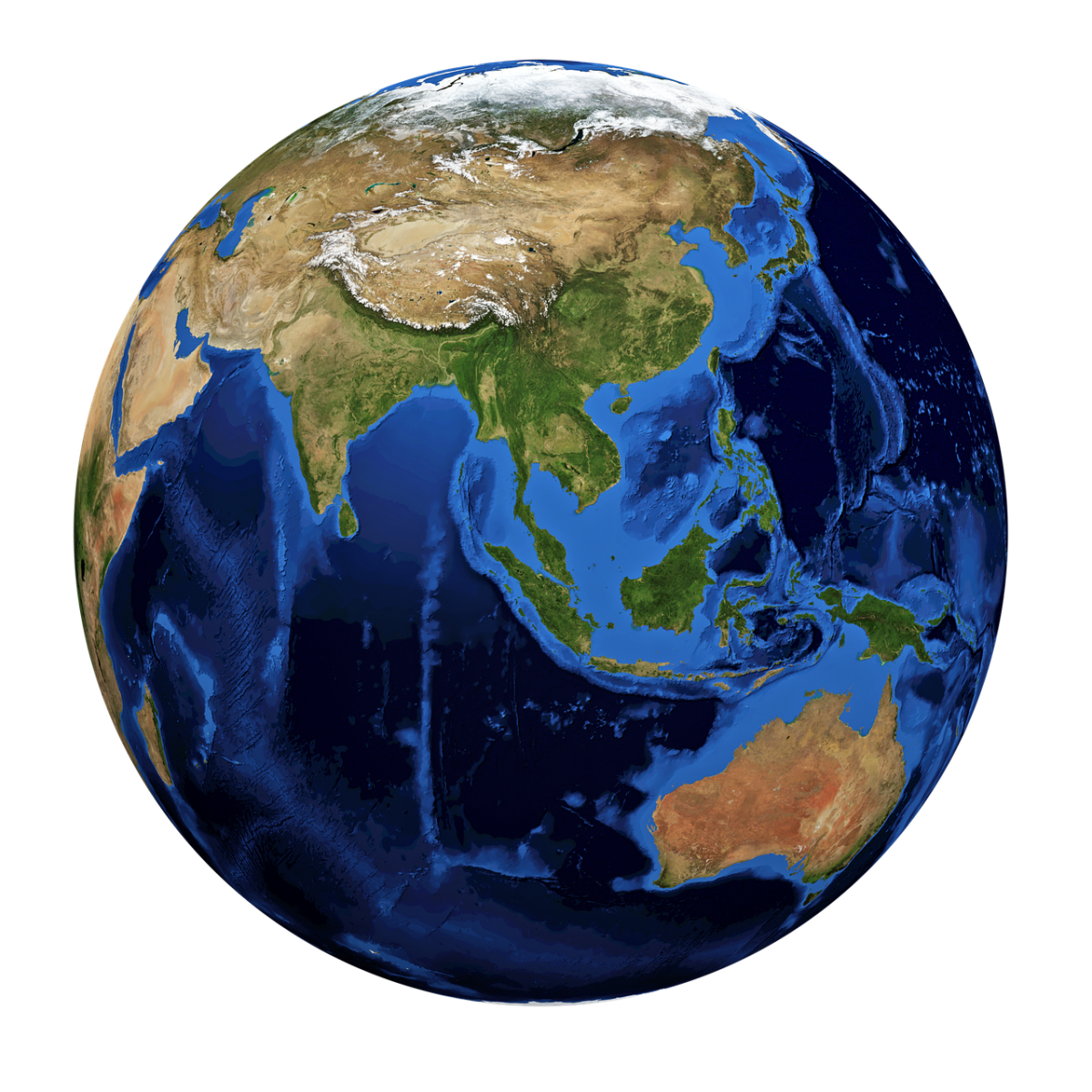North Korea’s threat to the United States is expanding, both in its increasing nuclear and missile prowess and its growing closeness to Russia.
In a statement issued in June, the White House stated that “The existence and risk of the proliferation of weapons-usable fissile material on the Korean Peninsula and the actions and policies of the Government of North Korea continue to pose an unusual and extraordinary threat to the national security, foreign policy, and economy of the United States. “
Events in July have highlighted the increased danger. In July, Pyongyang launched a Hwasong-18 intercontinental missile. The test flight was the third ICBM test this year, following others in March and April. The Congressional Research Service warns that Recent ballistic missile tests and military parades suggest that North Korea is continuing to build a nuclear warfighting capability designed to evade regional ballistic missile defenses
The July launch occurred in the same month as a visit by Russia’s Defense Minister, Sergei Shoigu, to the nation. Shoigu and Kim Jong jointly attended a military expo in Pyongyang. A Chinese Communist Party politburo member joined the two. According to the North Korean government, “Kim Jong Un expressed thanks to Defence Minister Sergei Shoigu and members of the Russian military delegation for visiting Pyongyang with militant comradeship and friendly feelings…The outcome of the talks was the adoption of the DPRK-Russia Joint Declaration. The Joint Declaration confirmed that the further development of cooperation and collaboration between the DPRK and the Russian Federation accords with the fundamental interests of the two peoples and contributes to the establishment of the fair and reasonable international order based on the principles of equality and mutual respect. It also affirmed that the DPRK and Russia recognize the sovereign rights of each state to choose its own road of political, economic, and social development, and support each other’s efforts to oppose interference in other countries’ internal affairs and to safeguard independence, sovereignty, and territorial integrity.
A Bloomberg analysis reported that “Secret Deals With Russia Help Kim Jong Un Fund Nuclear Program. [The] economic rebound means the regime can weather sanctions and continue its nuclear build-up.”
Pyonyang’s realtions with Moscow expanded in recent years, following Putin’s Ukrainian invasion. North Korea is one of the few governments that recognizes the alleged independence of the breakaway states of Donetsk and Luhansk People’s Republics in Eastern Ukraine. Additionally, North Korea volunteered 100,000 of their own troops to help Donbas. Moscow as reportedly purchased millions of shells and rockets from North Korea for its attempted conquest of Ukraine.
The enhanced axis of Russia, China and North Korea was illustrated at a United Nations Security Council meeting, where the two nations joined together to veto a draft resolution which would have strengthened sanctions against Pyongyang. The Nikkei publication notes that “It was the first time the council had done that after unanimously adopting all 10 previous resolutions since 2006, the year Pyongyang conducted its first nuclear test.”
A Foreign Policy analysis points out that “North Korea’s decision to draw closer to both countries [comes] as Pyongyang categorically rules out negotiating with Washington over its nuclear weapons program. … North Korean leader Kim Jong Un [has]sent a message to Putin to mark the anniversary of Japan’s surrender in World War II. Kim hailed what he described as the growing ‘strategic and tactical cooperation, support and solidarity’ between the two nations.”
There is a fourth member of the North Korea, Russia, Chinese axis. Iran and North Korea have worked together in missile development. A Diplomat study emphasizes that “Cooperation between North Korea and Iran has been a critical — yet under examined — enabler of the recent success. What started as a transactional relationship, where Iran provided much-needed cash to North Korea in return for missile parts and technology, has evolved into an increasingly effective partnership. The time has come to view their previously independent ballistic missile programs as two sides of the same coin.”
Illustration: Pixabay
